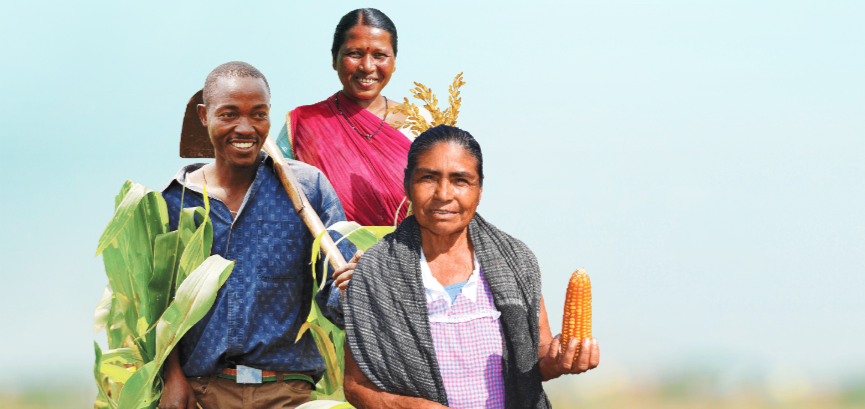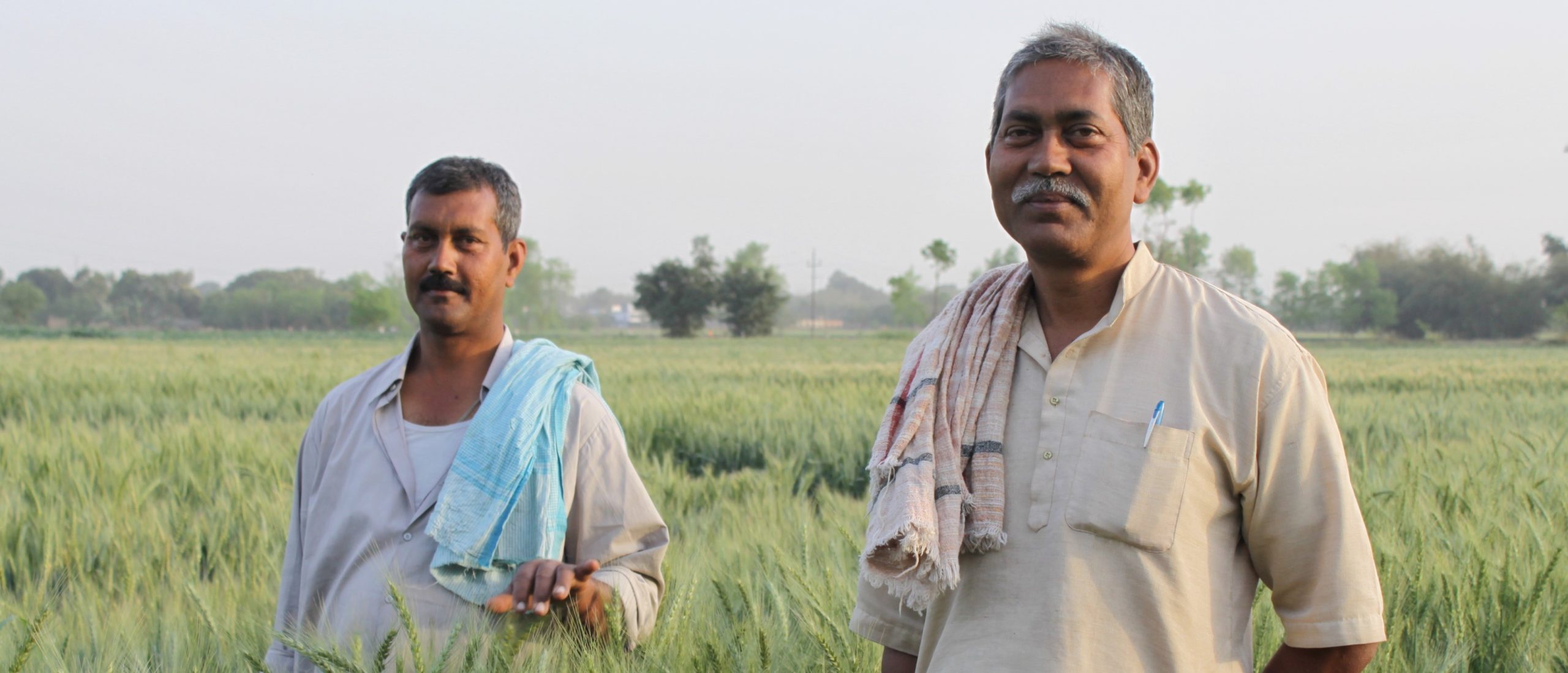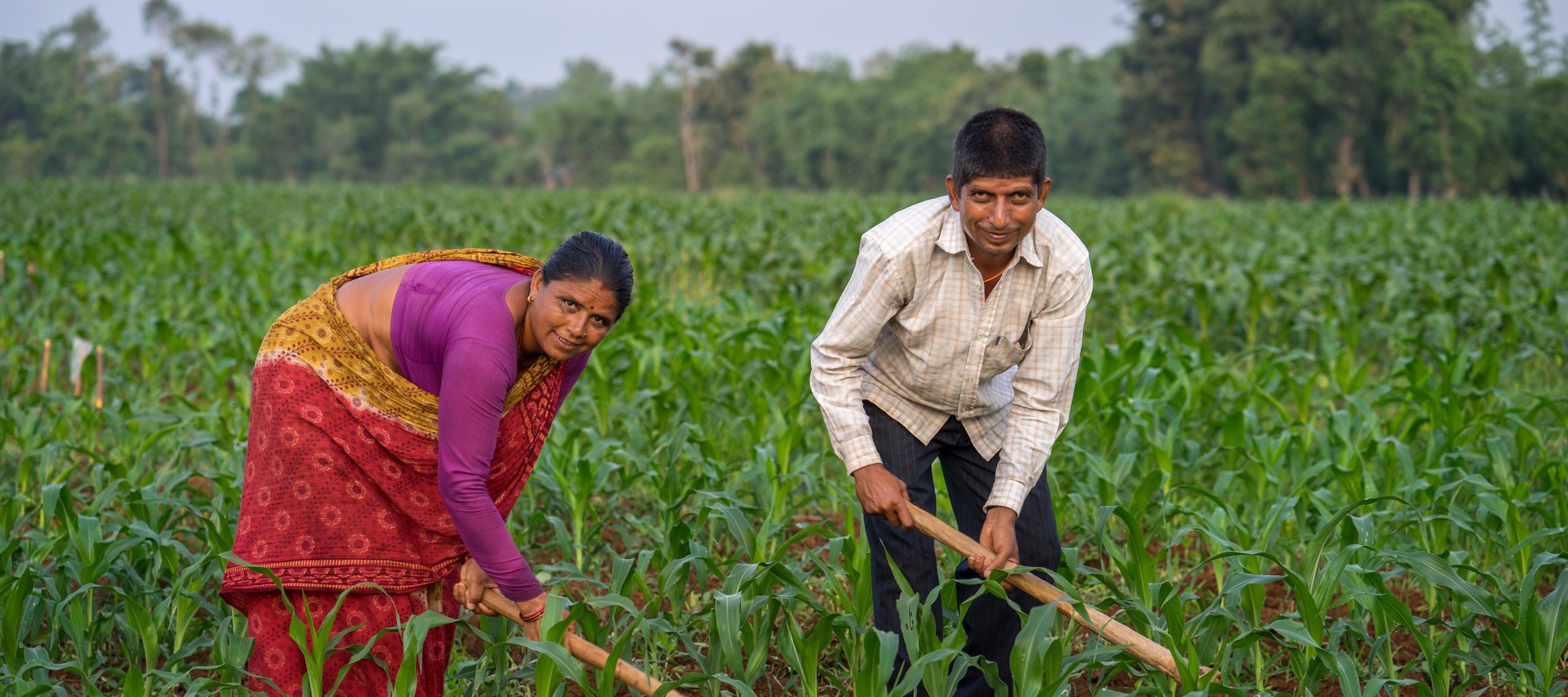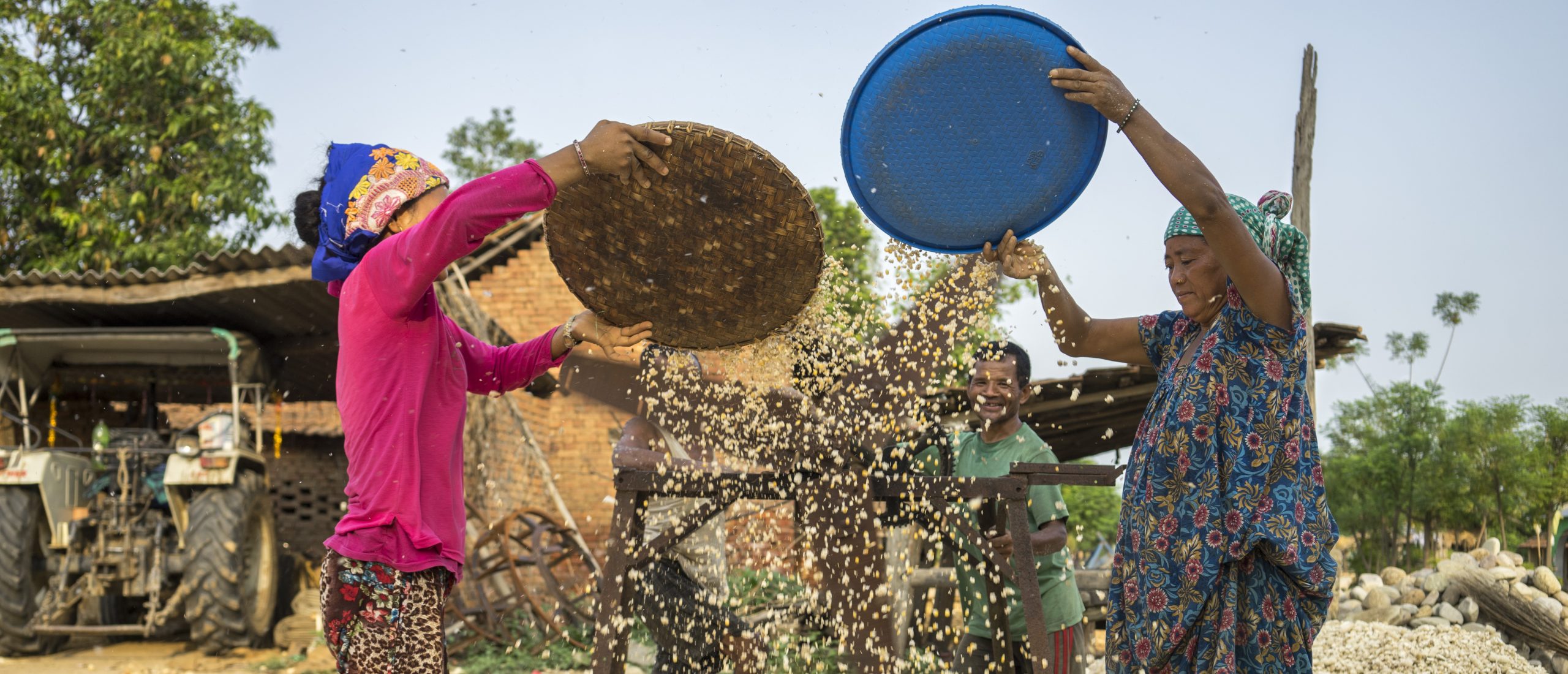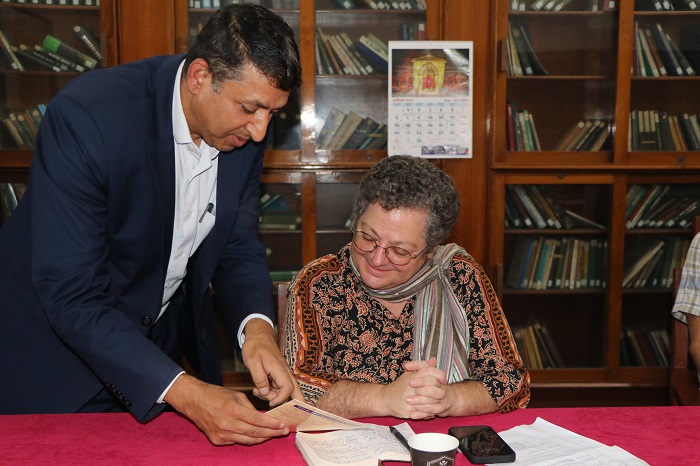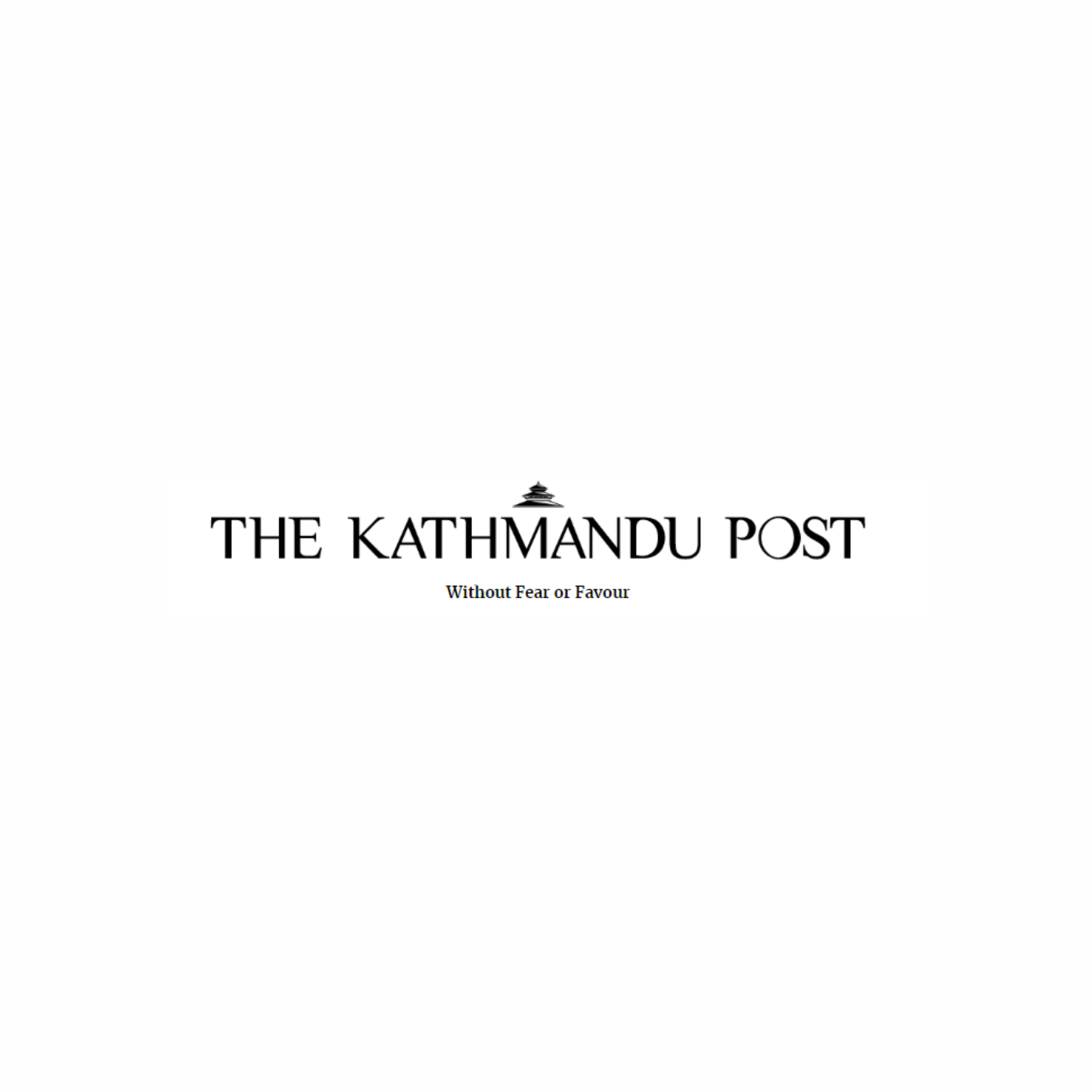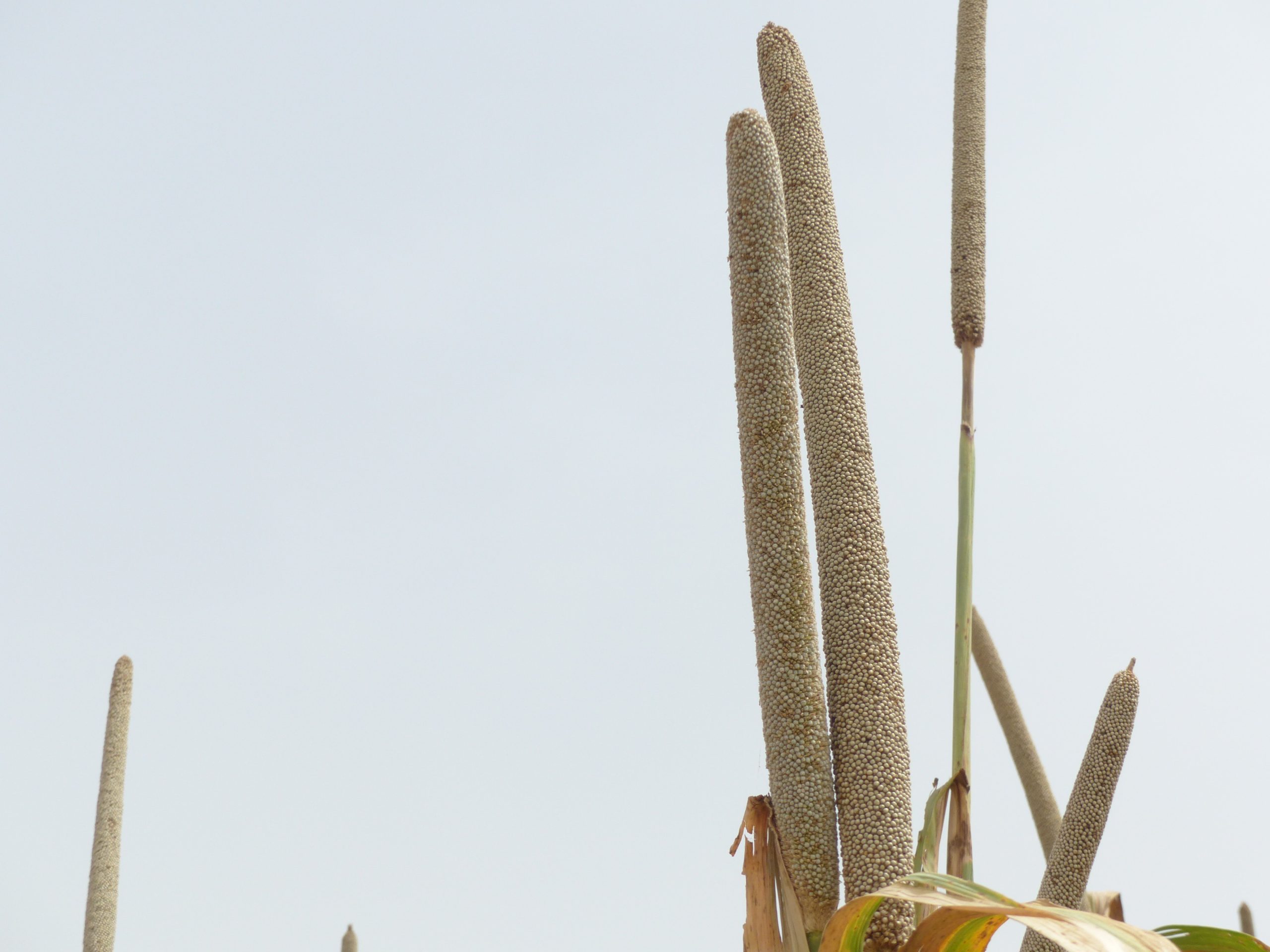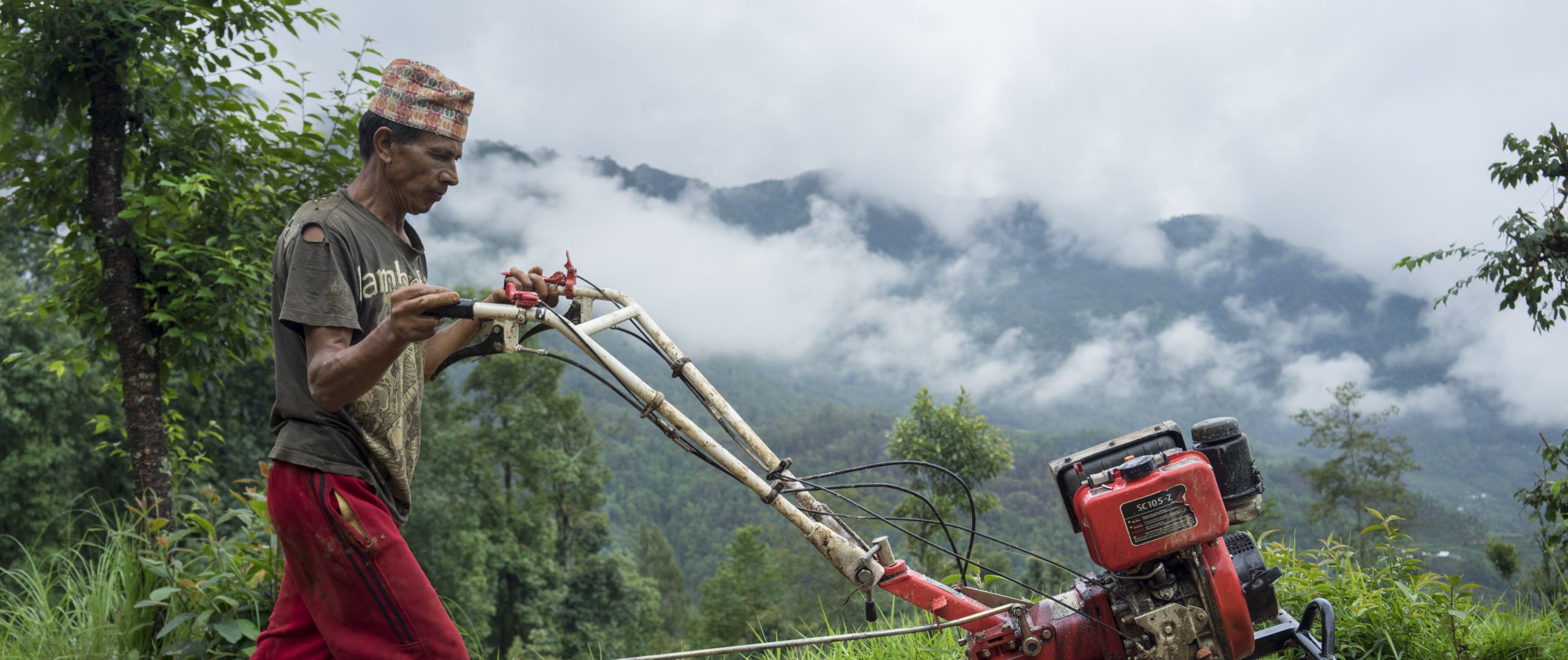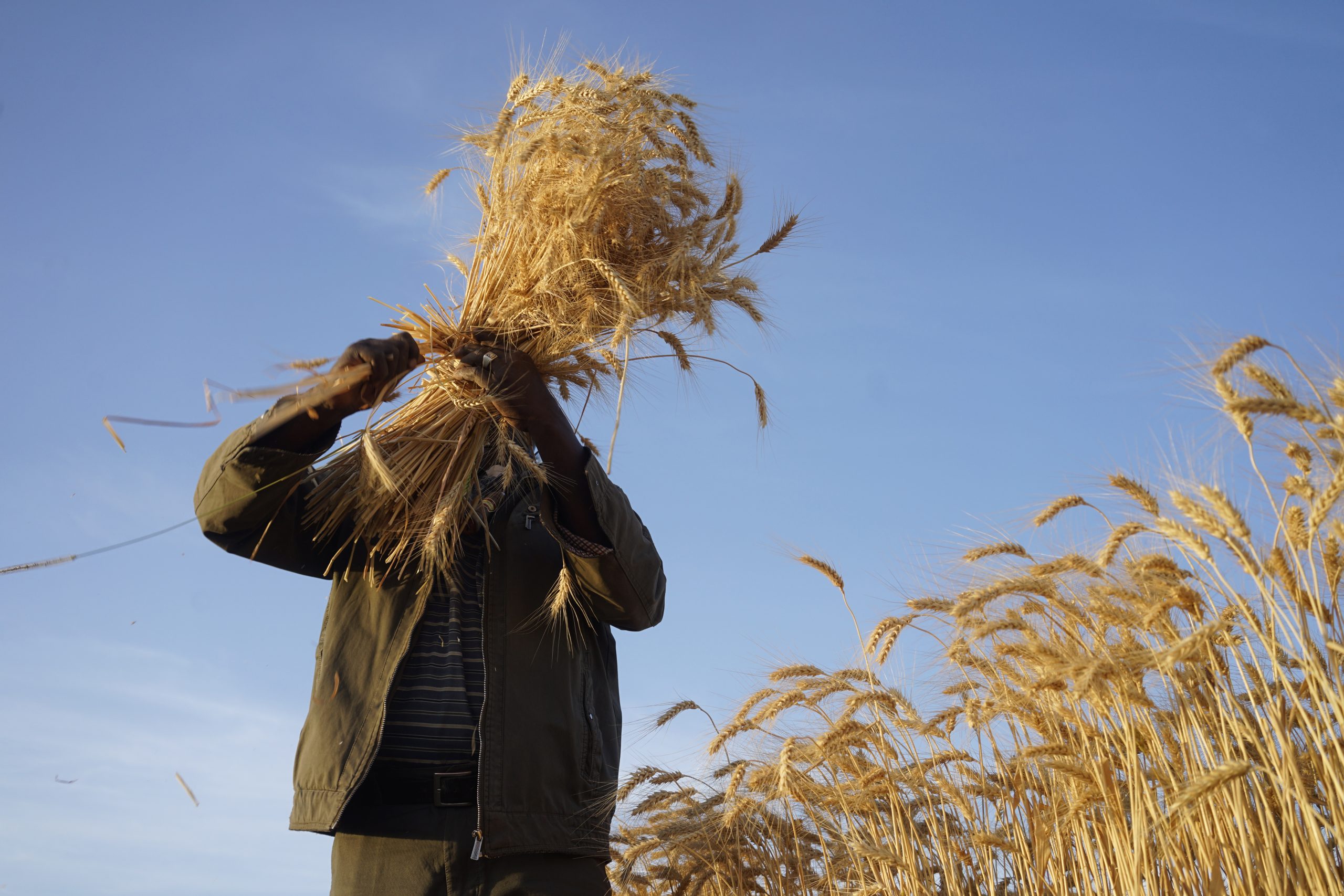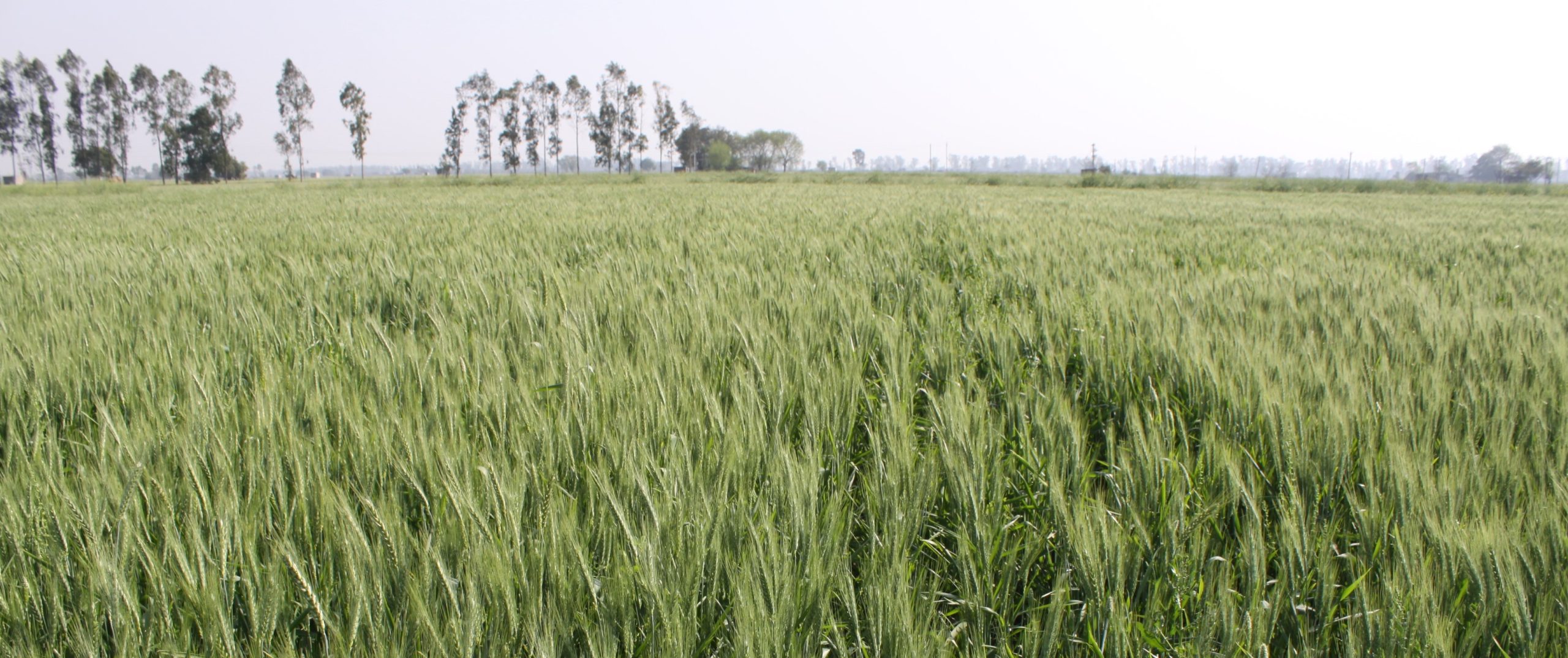Asia
As a fast growing region with increasing challenges for smallholder farmers, Asia is a key target region for CIMMYT. CIMMYT’s work stretches from Central Asia to southern China and incorporates system-wide approaches to improve wheat and maize productivity and deliver quality seed to areas with high rates of child malnutrition. Activities involve national and regional local organizations to facilitate greater adoption of new technologies by farmers and benefit from close partnerships with farmer associations and agricultural extension agents.
CIMMYT makes progress on some of the world’s top problems: 2022 Annual Report, “Harvesting Success”
 Capacity development
Capacity development
CIMMYT presents its 2022 Annual Report.
India transforms wheat for the world
 Climate adaptation and mitigation
Climate adaptation and mitigation
Building on a partnership spanning more than five decades, Indian and CIMMYT wheat scientists, policymakers and farmers forge a transformation path, applying innovations that ensure national food security and resource conservation.
Transformative research provides pathways for including gender and socially marginalized groups
 Gender equality, youth and social inclusion
Gender equality, youth and social inclusion
Generating evidence and contributing to discussions and policy actions for inclusive and impactful agrifood systems, leading researchers from CIMMYT working with various stakeholders—including rural women farmers in Asia and Africa—converge in New Delhi at the 2023 CGIAR GENDER Impact Platform and ICAR Conference.
Community Business Facilitator: providing a service to farmers while increasing community access to nutritious food
 Gender equality, youth and social inclusion
Gender equality, youth and social inclusion
Women farmers in Nepal are increasing their income and leading positive change in their communities through capacity building programs in mechanization and post-harvest management.
Fostering agricultural innovation: collaborative meetings with NARC and NSSRC in Nepal
 Innovations
Innovations
Sieglinde Snapp’s visit strengthens CIMMYT’s commitment to sustainable agriculture. NSSRC and NARC acknowledge the transformative impact and express hopes for ongoing collaboration.
Breaking barriers in agriculture
 Capacity development
Capacity development
Source: The Kathmandu Post (10 Oct 2023)
In Nepal, the collaboration between IWMI, CIMMYT, and local governments thus opened a promising path toward sustainable agricultural development, where the enthusiasm and involvement of farmers became the cornerstone of progress and innovation.
Millets: Climate-resilient crops for food and nutrition security, experts reveal
 Climate adaptation and mitigation
Climate adaptation and mitigation
As the world faces food insecurity and malnutrition fueled by a changing climate, experts reveal that millets, a valuable nutritious and climate-resilient food source, offer an opportunity to enhance sustainable food production and transform food systems.
Breaking barriers in agriculture
 Gender equality, youth and social inclusion
Gender equality, youth and social inclusion
Source: The Kathmandu Post (25 Sep 2023)
The International Water Management Institute and CIMMYT conducted research on Sustainable Intensification of Mixed Farming Systems (SI-MFS), including innovations in six potential areas that are urgently needed to transform agricultural practices.
Global Conference on Sustainable Agricultural Mechanization: efficiency, inclusiveness, and resilience
 Capacity development
Capacity development
CIMMYT continues its dedication to mechanization as part of FAO conference. Bram Govaerts, director general, presented a keynote address.
Championing Global Cooperation to Crack Global Challenges
 Nutrition, health and food security
Nutrition, health and food security
Source: China Today (19 Sep 2023)
Former CIMMYT’s director general (2008-2016), Dr. Thomas A. Lumpkin, talks about climate change, international cooperation and the future of food security.
The world must act to avert a climate-induced food shortage, cautions Cary Fowler. CIMMYT has a strategy to strengthen agrifood systems.
 Climate adaptation and mitigation
Climate adaptation and mitigation
Cary Fowler, U.S. special envoy for food security, warns of dire consequences if the international community fails to act to mitigate climate change impacts on agrifood systems. The CIMMYT 2030 Strategy holds the approach to respond and mitigate some of the worst effects of this looming crisis.
Fodder Technology Chops Backbreaking Labor in Half for Bangladeshi Women
 Environmental health and biodiversity
Environmental health and biodiversity
Source: AgriLink (31 Mar 2023)
The fodder chopper implemented by CIMMYT has been a game-changer for female farmers and wider rural economies in Bangladesh.
Conservation agriculture helps smallholder farmers to be more resource efficient
 Capacity development
Capacity development
A village in the Indian state of Bihar boasts 100% zero-till technology adoption, helping improve agriculture production and climate change mitigation.
